Deconstructing A Highly Productive Day
Deconstructing a highly productive day is a way of understanding how to maximize your time while you're working but without stretching yourself too thin.

Deconstructing how you spend your time is the means of making your day productive with a guarantee.
Since a highly productive day is more than just a hocus-pocus, we believe that the tips you apply may genuinely change the results you want to achieve.
Below, we list steps to take for checking all productivity 'boxes'✅for having a productive work day and charting new paths into the world of non-toxic productivity.

Audit your day ✅
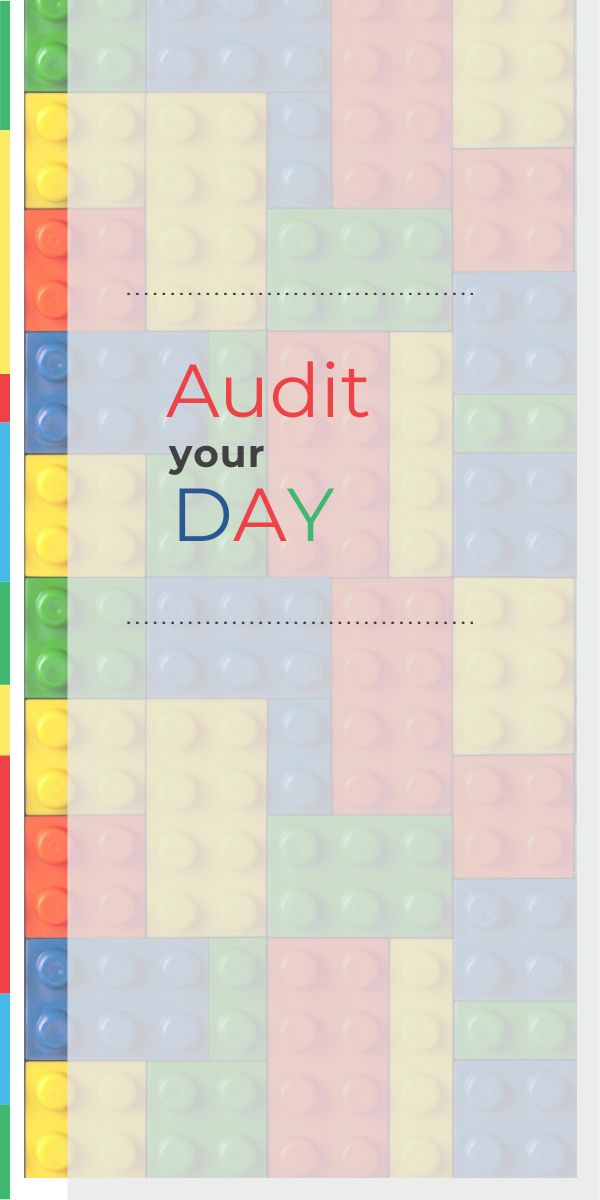
What's on your way to a highly productive day? The problem of productivity theater relates to onsite and remote work. It implies you get busier and busier. In most cases, it’s the exact opposite of feeling productive.
What is the solution? The audit, or, simply put, checking what you do during your day.
Why audit your day? It enables you to:
- see the areas for improvement
- schedule a structured workflow.
How to conduct the audit? Track time every day and analyze data that includes the results of two weeks at least for:
- planning daily agenda
- meetings
- performance of low and high-value tasks
- breaks.
The analysis means identifying your most practiced time management tactics. It helps you see gaps in time allocation and time utilization.
If the analysis of time tracking data shows problems at the stage of allocation time, you need to reconsider your priorities and bring changes to how you create schedules.
If there are issues with time utilization you need to look deeper into workload and task distribution.
Bottom Line: Auditing your day will help build a quick and easy guide to improve time management skills and increase your personal productivity as well as taking actionable steps to bring improvements into the structure of your day with certainty.
Plan proactively✅
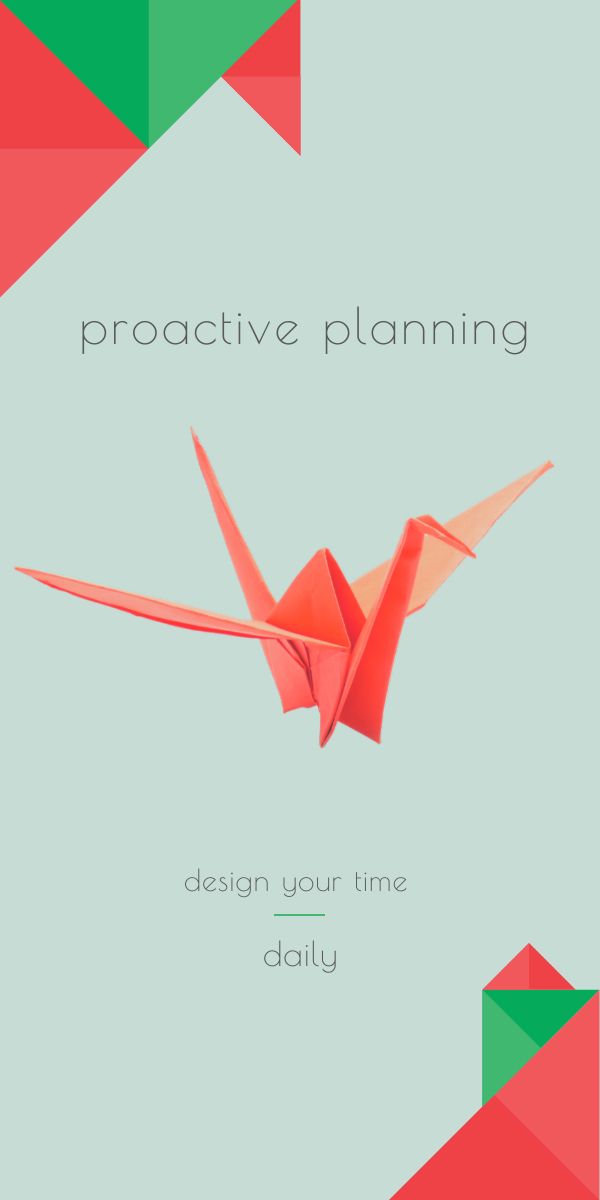
What's on your way to a highly productive day? Being social and busy, we often react rather than reflect on events. It drains energy and reduces our ability to focus.
What is the solution? Being proactive in planning.
Why plan proactively? It helps make your goals clear and prevents self-sabotaging practices like procrastination.
How to plan proactively? Practice smarter decision-making - distinguish between decisions that you can correct in the course and those that have irretrievable character, – once you make them, you cannot 'undo' them so you need to take more time and effort when considering them.
Another important component of proactive planning is blocking off calendars to do focused work. It will also help avoid purposeless meetings.
Bottom Line: Proactive planning is a complex ongoing process. You need to analyze what planning practices work best. It implies testing your plans and taking a flexible approach to designing your work.
Make time for yourself by reducing distractions✅
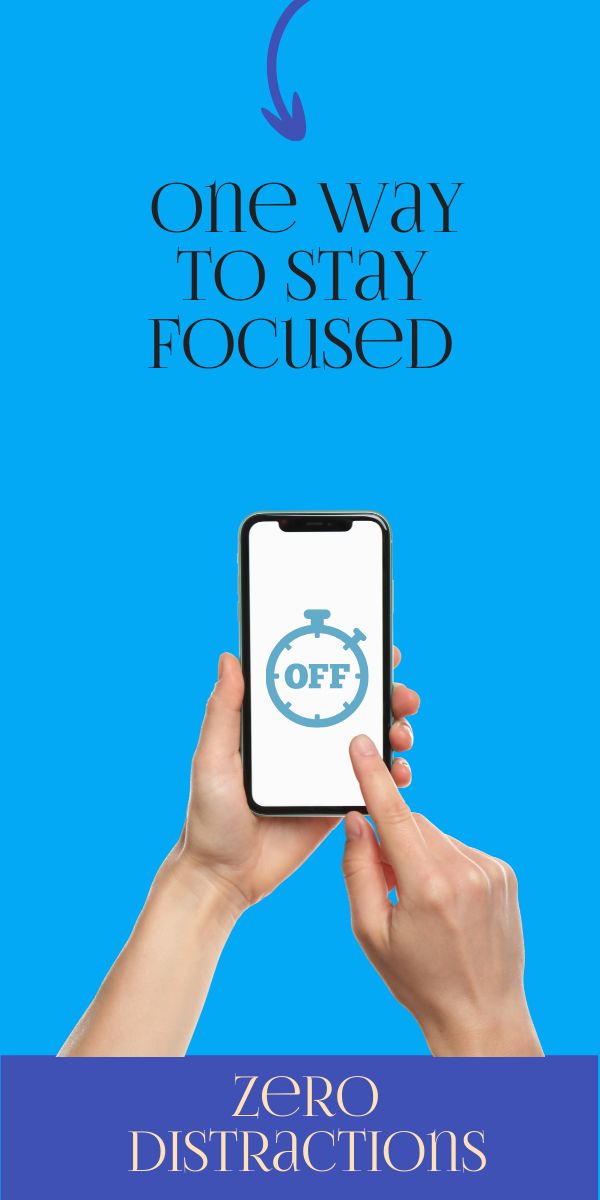
What's on your way to a highly productive day? According to Killing Time at Work Report:
The average knowledge worker now receives notifications from six applications, and 73% of workers reply to these notifications outside of their working hours - making it hard to switch off.
What is the solution? Do Not Disturb is your saver.
Why reduce distractions? It is the ultimate way of dealing with digital and analog world noise that is energy-draining and potentially hazardous to mental health.
How to reduce distractions? Make sure to turn off email notifications throughout the day and practice time blocking to check and respond to emails.
When you have 'deep work sessions' scheduled throughout the week, set DND status and turn off all team notifications (make it known that you allocate 2-3 deep work zones weekly for uninterrupted work).
The self-imposed time limits can help you increase your focus: challenge yourself to complete a specific task or reach a specific goal by creating 25-50-minute blocks in your daily schedule.
Bottom Line: By reducing distractions, you gain more family time, exercise time, more relaxed weekends, and more time for activities you enjoy.
Take productive breaks✅
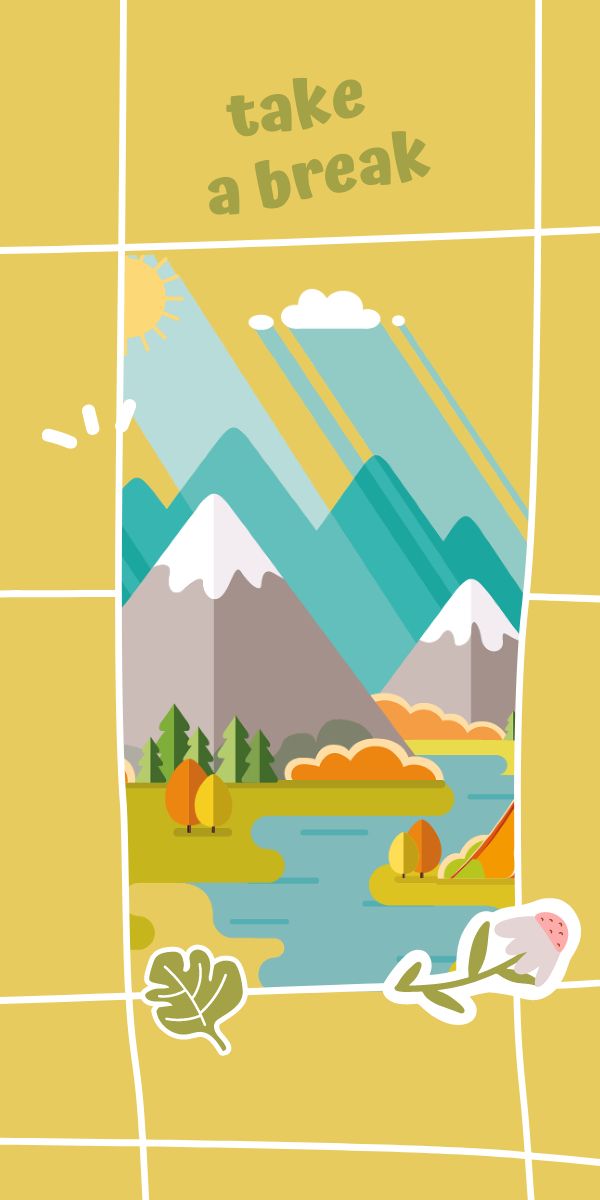
What's on your way to a highly productive day? As reported by studies, keeping the focus on challenging tasks for too long can result in decreased productivity.
Meanwhile, the best-selling author Shawn Achor in Happiness Advantage points out:
... our brains are literally hardwired to perform at their best not when they are negative or even neutral, but when they are positive.
But with the snowballing to-do lists, maintaining a positive outlook is harder than ever.
What is the solution? Take productive breaks.
Why take productive breaks? Investing in a fulfilling life is easier if you have strong mental wellbeing. It gives you the energy to pursue the most ambitious goals. Yet, a busy daily schedule and stress can adversely affect your mental health.
How to take productive breaks? Stress followed by rest results in growth. Shifting this formula from sports for muscle growth to work, we vouch for taking breaks productively because in this case, you will feel refreshed and get a motivation boost.
There are tons of ideas for filling your break time. Easy-to-apply suggestions for productive breaks include:
- taking a 10 to 20-minute nap
- stretching
- doing breathing exercises
- talking to a friend
- having a healthy snack
- hydrating
- going outside for a brisk walk
- enjoying natural light.
Bottom Line: Make the break worth the time to help you gain greater agency over your energy levels by engaging in mood-boosting activities and building moments of calmness in your life.
Create boundaries to maximize your time✅
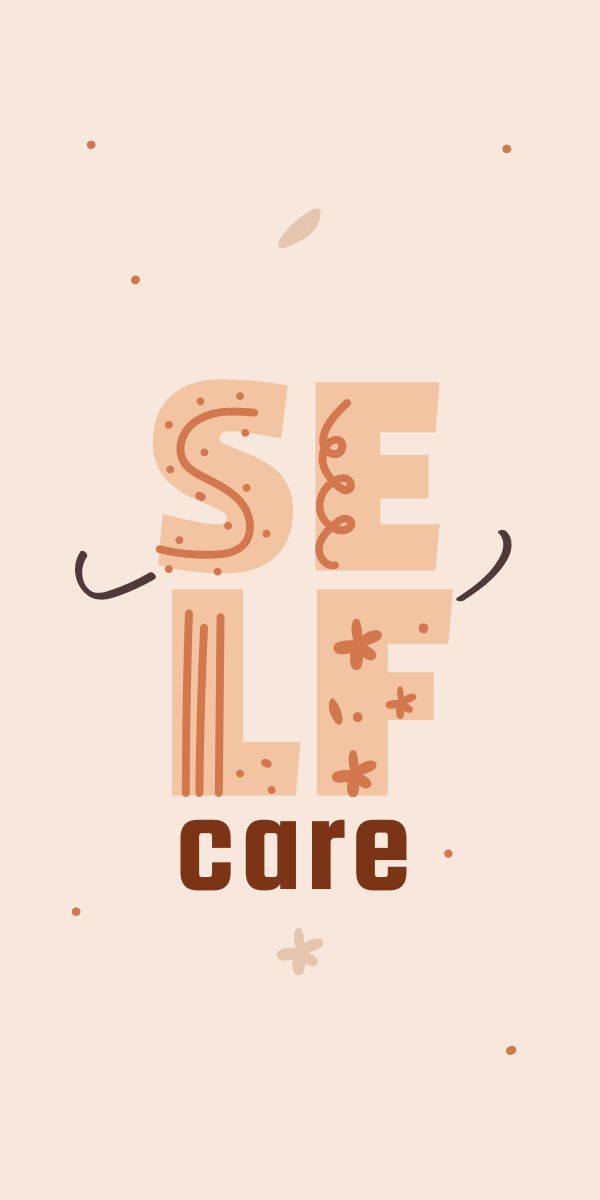
What's on your way to a highly productive day? In the world hit by the pandemic, the risk of burnout is a macro issue. Luckily, it has micro solutions.
What is the solution? Not to strain your mind or risk misstepping into burnout, set boundaries on your work.
Why create boundaries? Boundaries are an essential element in reducing distractions and preventing burnout. With millions of people protesting against work-related stress, businesses need to address this issue with policies that will allow employees to have flexible schedules and reclaim their time.
How to create boundaries? Start with asking yourself what can be ignored (events and meetings that overlap with your personally prioritized time, etc.). When your availability is limited, communicate it and offer options for reaching out.
In the end, it comes down to:
- understanding your limitations
- networking wisely
- giving yourself time to recharge if necessary.
One easy way to strengthen your boundaries is by imposing limits with time tracking as the assistant tool that enhances deep work experience and helps find work life balance.
Bottom Line: Ignoring boundaries may lead to compromising your health. Maintaining healthy limits at work helps find inspiration and empowers good habits.
Check your digital arsenal ✅
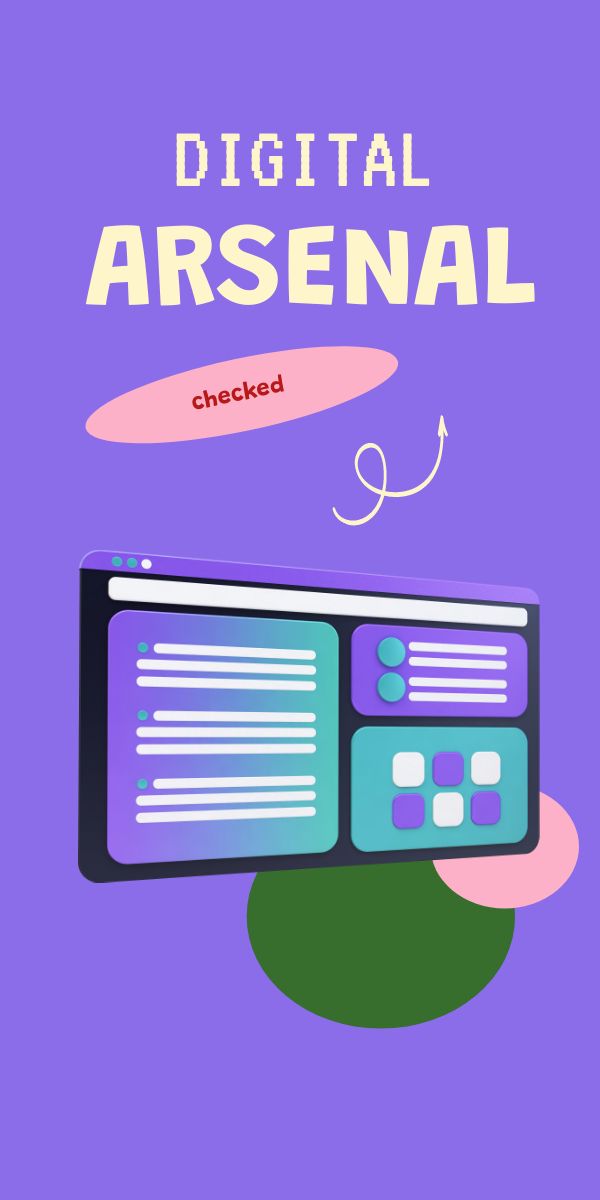
What's on your way to a highly productive day? Digital tools are time-savers but, ironically, they can also be big-time thieves. The problems stem from the necessity of being present, which creates immense pressure.
Naturally, we turn to automated tools for easing the burden but, if chosen and used in the wrong way, they can turn from assistants into time stealers.
Moreover, when mishandled, they might destruct workflows and become distractions rather than digital helpers.
What is the solution? Making an inspection of your digital tools.
Why check digital arsenal? The rule of optimal digital arsenal comes down to using tools that offer a feature set catering to your specific needs. With thousands of offers on the market, it is easy to get overwhelmed, which requires a mindful approach.
How to check digital arsenal? Choose tools with rich integrations for building a connected workspace. It will help design a workspace that you can navigate intuitively.
Time tracking data can help take critical distance and see what tools you use most and least, and where the area of improvement may appear most needed.
Bottom Line: Things like balance and productive workflow do not occur - they are sought for. And using the digital tools of assistance that work for you is one of the most effective ways of such a search.
Wrapping Up📋
We all juggle tasks and deadlines, but what separates those who conquer their to-do lists from those constantly chasing their tails?
The answer might surprise you - it's not magic, it's understanding the building blocks of peak productivity.
By deconstructing a highly productive day, we discover that the gap between low and high performance hinges on surprisingly achievable habits.
Fine-tuning your routines unlocks a whole new level of efficiency. Imagine: crushing your workload, feeling energized, and enjoying the process.

This isn't a pipe dream. Taking the steps we list above can help you organize your work, manage your time, and complete what needs to be done.


